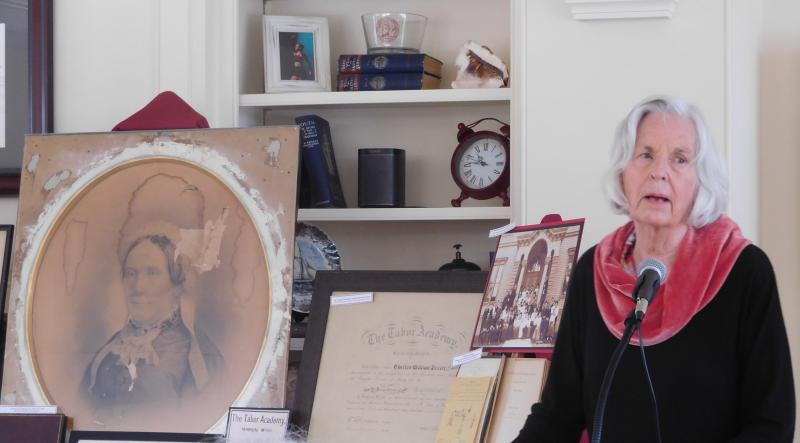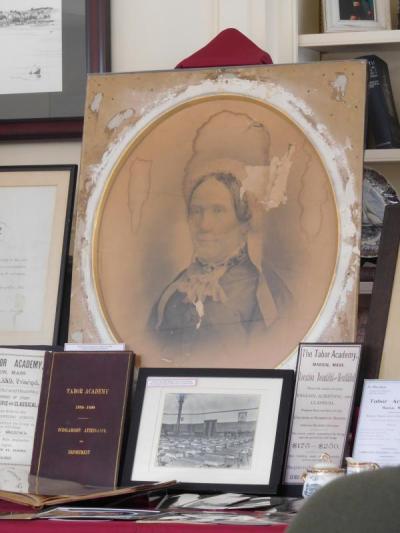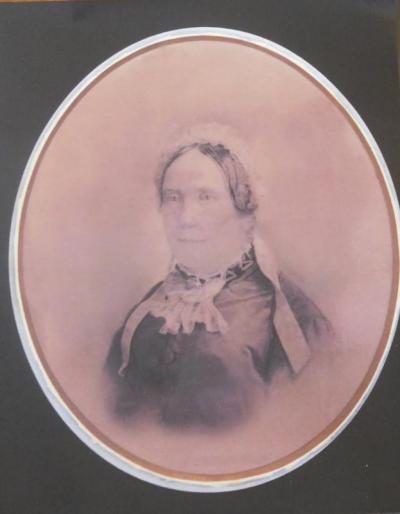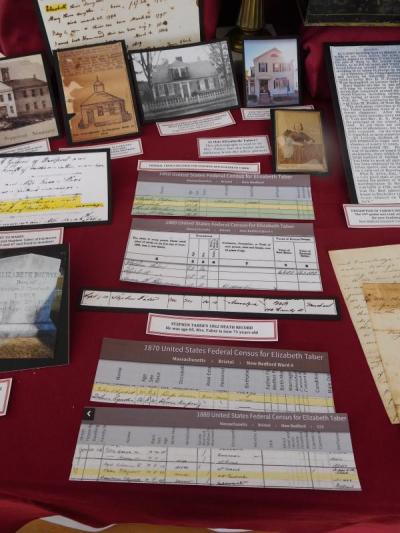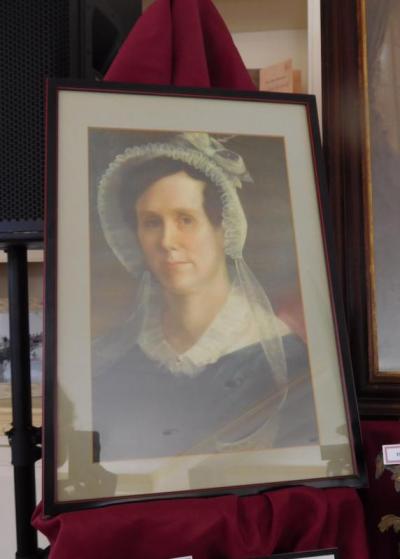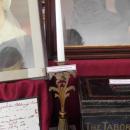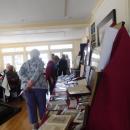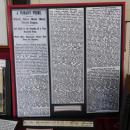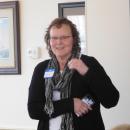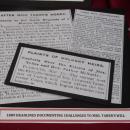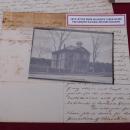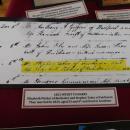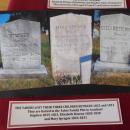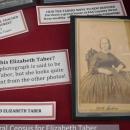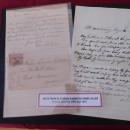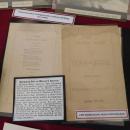Humanizing a historic figure
MARION — Elizabeth Taber was born when George Washington was president, and 13 when Lewis and Clark took their famous expedition. When she died, the contents of her room were worth just $15, but she had given almost a million dollars away.
Historian Wendy Bidstrup presented these and other facts at a Sippican Woman’s Club meeting and lecture on March 8. The lecture helped humanize Marion’s at times austere-seeming benefactress.
Bidstrup’s lecture drew heavily from Alice Ryder’s book “Lands of Sippican,” supplementing it with historical records of the time to tell about the woman who wisely invested in mills, whaling ships and railroads, then gave the money away in support of six buildings in Marion, including Tabor Academy, the Elizabeth Taber Library and the Marion Music Hall.
At 14 Taber started teaching at the New School House, located where the post office is now.
“Some remember her as the beloved schoolmistress. Others tell of her rigid discipline, or how she rapped their heads and fingers with her thimble,” Bidstrup said.
Taber lost three children over the course of her lifetime. Her first child, was named Stephen after her husband, but died after two days. Her second child was named Mary Sprague after a sister who had died in infancy. Mary lived to be five before she died. A third child died at age 2.
Taber wrote a touching poem about children and faith, which Bidstrup read as part of her lecture.
Taber performed most of her philanthropy after her husband died, but donated “to the charitable societies of New Bedford, especially those dedicated to the relief of ‘aged and indigent women’ the sum of $15,000” even before his death.
On her return to Marion from New Bedford after her husband died, Taber was regarded with suspicion.
“The return of the secretive, modest, quite religious, mysteriously wealthy widow formerly known as Betsy Pitcher, school mistress, elicited rumors and much speculation about what she was up to,” Bidstrup said.
Taber was quite devout, and attended no less than three church services on Sundays. She deliberately named Tabor Academy with an “o” instead of the “e” or her own name after the biblical Mount Tabor. When the school started it had only 21 students.
Taber went blind and lame in the last years of her life.
Her cousin, John Foster, had performed various tasks after Stephen Taber died. He expected compensation upon Elizabeth’s death, but received none. This made him so angry that he contested her will.
He wrote that in 1879 he directed some men on Elizabeth’s behalf, “to tell where to set … out for building of a wall. Her [Taber] sick, but still directing all hands and looking after me all hours.”
He added an annoyed addendum to demand a refund for, “for my time and expenses to Marion to contract with Mr. Ryder to remove the wall I put up. She didn’t like it.” He did receive some compensation, but not much.
Taber archivist Sophie Arnfeld was also on hand at the lecture to help answer questions, and explain an extensive display she had set up for the lecture.



